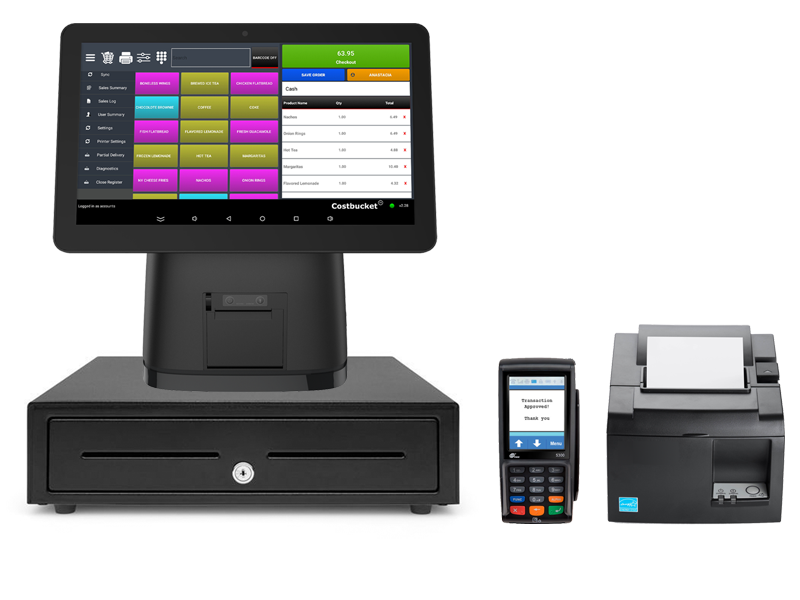
Best Inventory Management Software for small businesses
Inventory is a key component of every business – it not only represents money that has already been spent, but also potential future profits. To maximize its value and increase efficiency, an inventory management system should be employed to ensure accurate tracking and control over stock levels. Good inventory practices can help businesses make the most out of their resources by adding value to production processes before selling for maximum return on investment.
An Inventory management software is a type of software application designed to help businesses manage their inventory purchased, sold and in stock to optimize their supply chain operations. The software typically includes a range of tools and features to help businesses manage inventory in real-time, automate key processes, and reduce manual errors.
The primary goal of inventory management software is to provide businesses with accurate, up-to-date information on their inventory levels, product demand, and supply chain performance. This enables businesses to make more informed decisions about ordering and stocking products, reducing the risk of overstocking or stockouts, which can lead to lost sales and reduced profits.
This should not be confused with what we see in many pos and e-commerce software as an inventory listing system branded as an inventory management system but they only have the ability to list products, show sales and price per product with a few allowing you to manually input an inventory quantity.
Inventory management software processes
Step 1. Create Purchase orders and supplier invoices:
The software should enable users to create and manage purchase orders and supplier invoices. Once inventory is received, the goods receipt note should be cross-checked against the supplier invoice to confirm what is received is what is billed. This is the first crucial cost control system available to avoid overpayment for products not received.
Step 2. Manage inventory by multiple locations, quantity, and price:
The inventory software should allow users to track inventory levels across multiple locations, such as warehouses or retail stores. It should also enable users to track inventory quantities and prices to ensure accurate accounting and cost control.
Step 3. Convert products made or assembled (optional):
If a business manufactures or assembles products, the software should allow for tracking of raw materials and finished goods. It should also enable users to convert raw materials into finished products and track the associated costs. For example a bakery or restaurant converts ingredients into baked goods or meals.
Step 4. Process Sales and deduct inventory:
The inventory software should enable users to manage their sales process, including tracking customer orders and generating invoices while deducting inventory from stock. Ideally, it should integrate with or have the ability to integrate with a point-of-sale system to streamline the sales process and ensure accurate inventory tracking.
Step 5. Reporting and analytics:
Finally, the inventory software should provide robust reporting capabilities, allowing users to analyze inventory data and make informed decisions. This includes generating reports on inventory levels, sales performance, and profitability, purchases and sales by supplier or customer and among other things.

Costbucket is an all-in-one business solution featuring inventory management, cost accounting, point of sale, supplier and customer management, and data analytics.
Ideal for:
Restaurants
Bakeries
Retail Stores including cbd, toy stores, mini marts
All other small businesses needing to make or assemble products